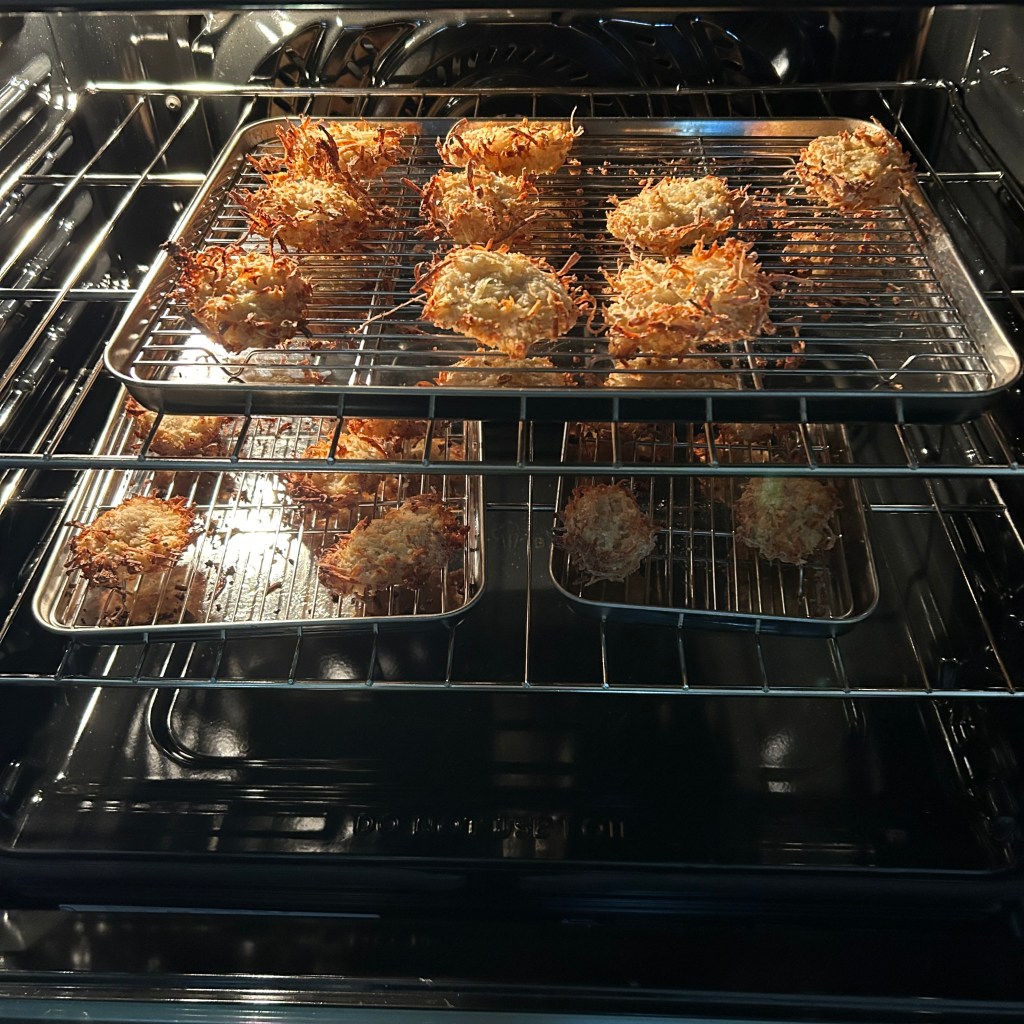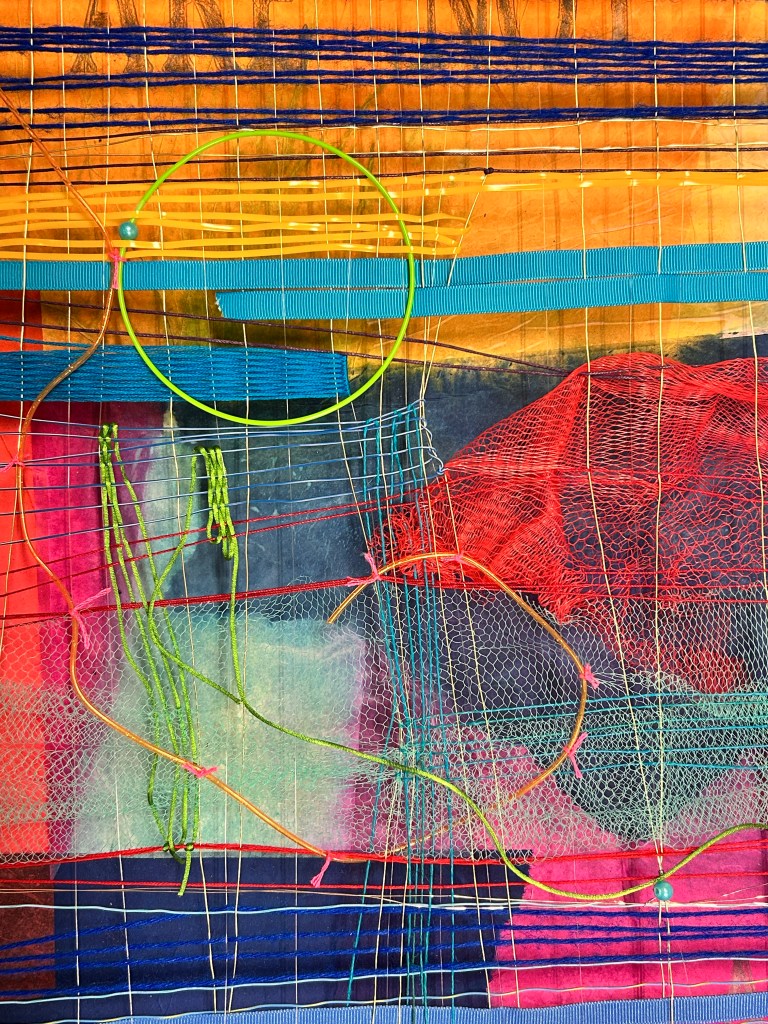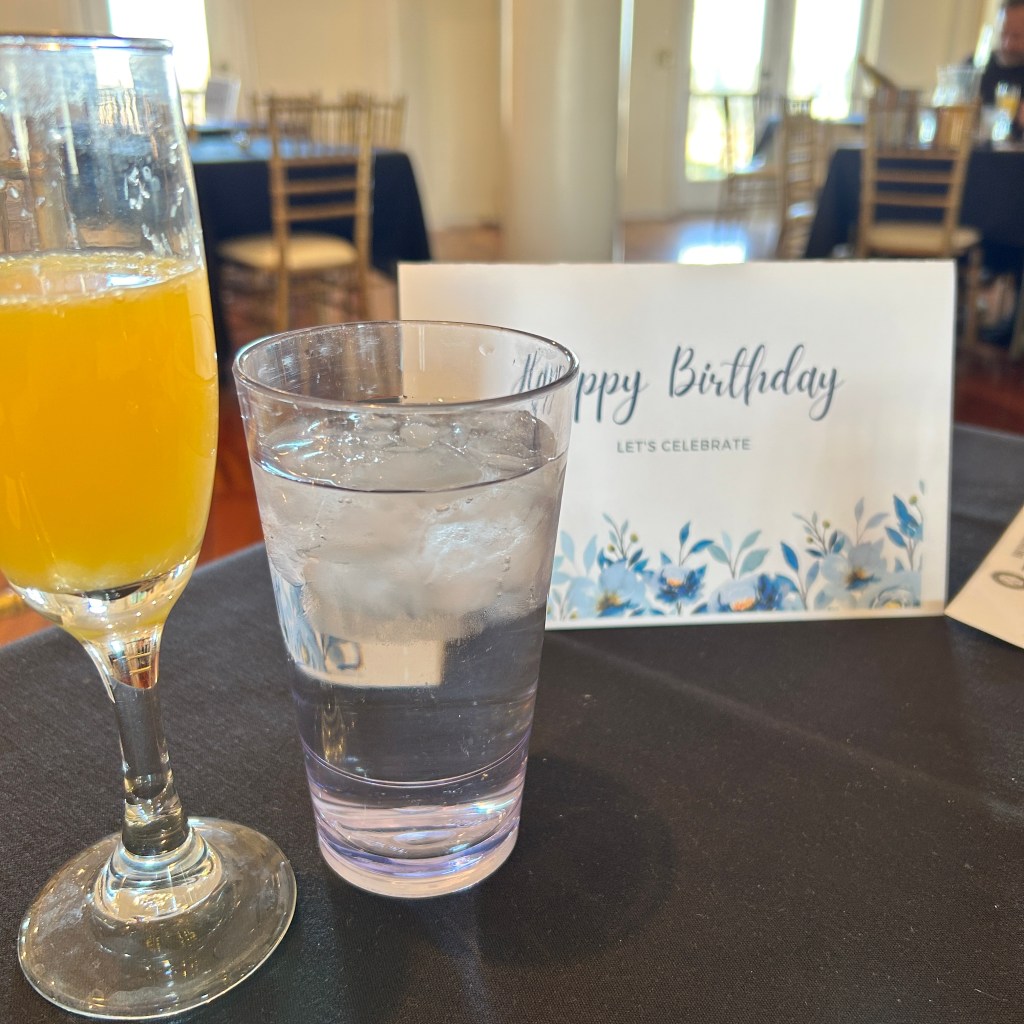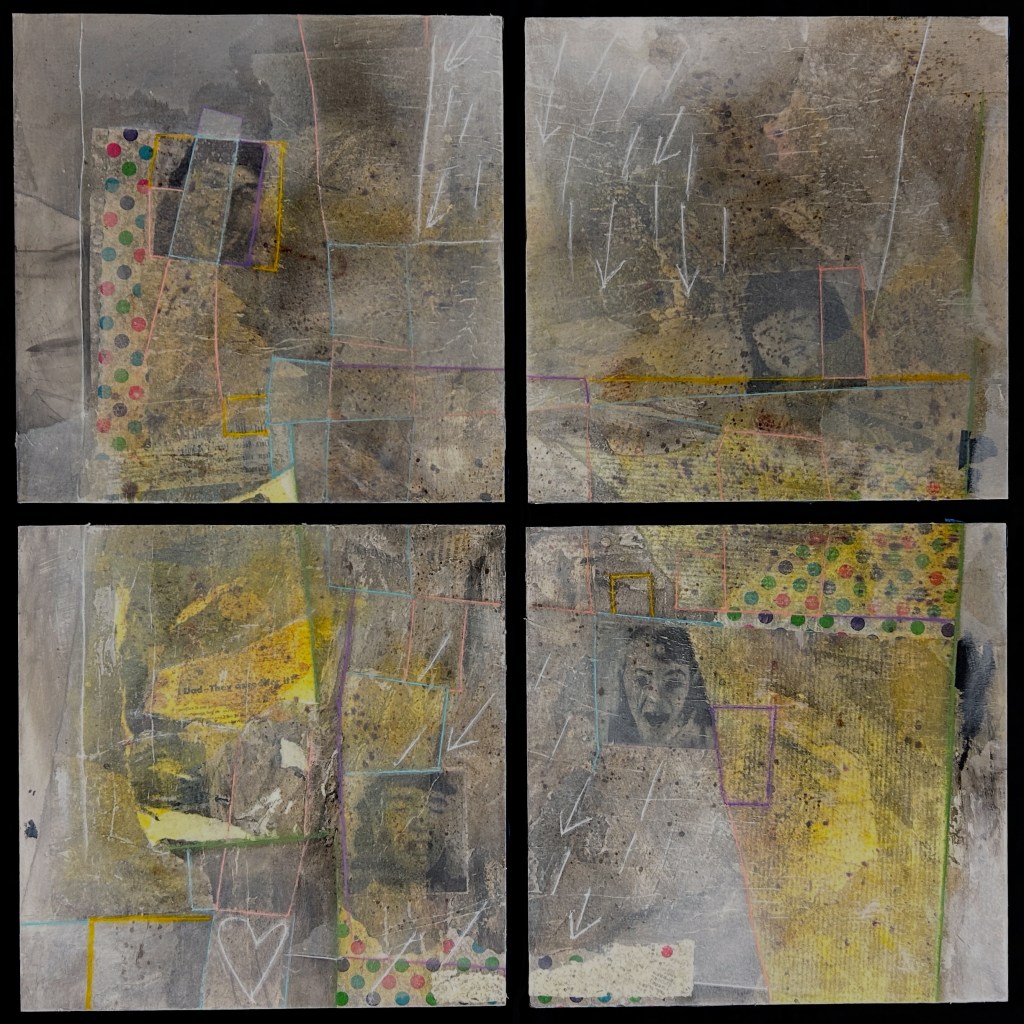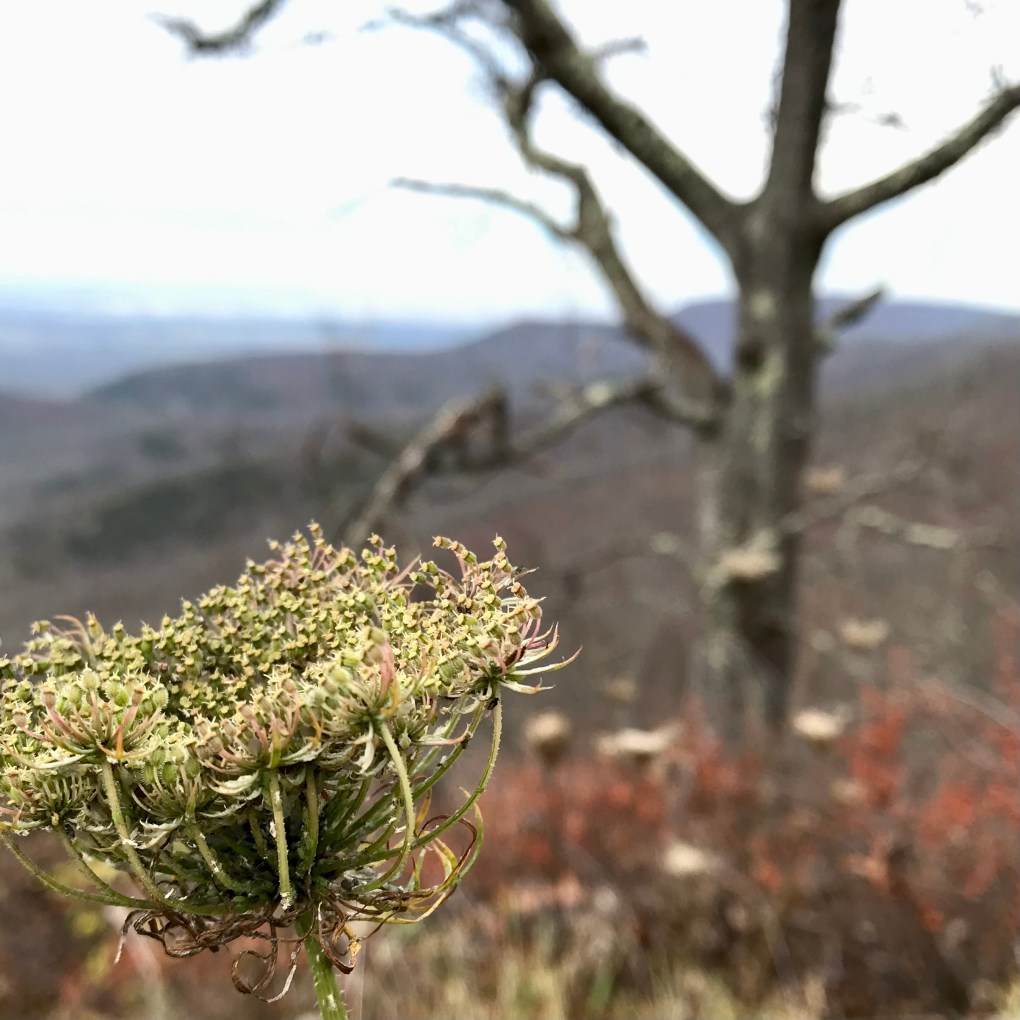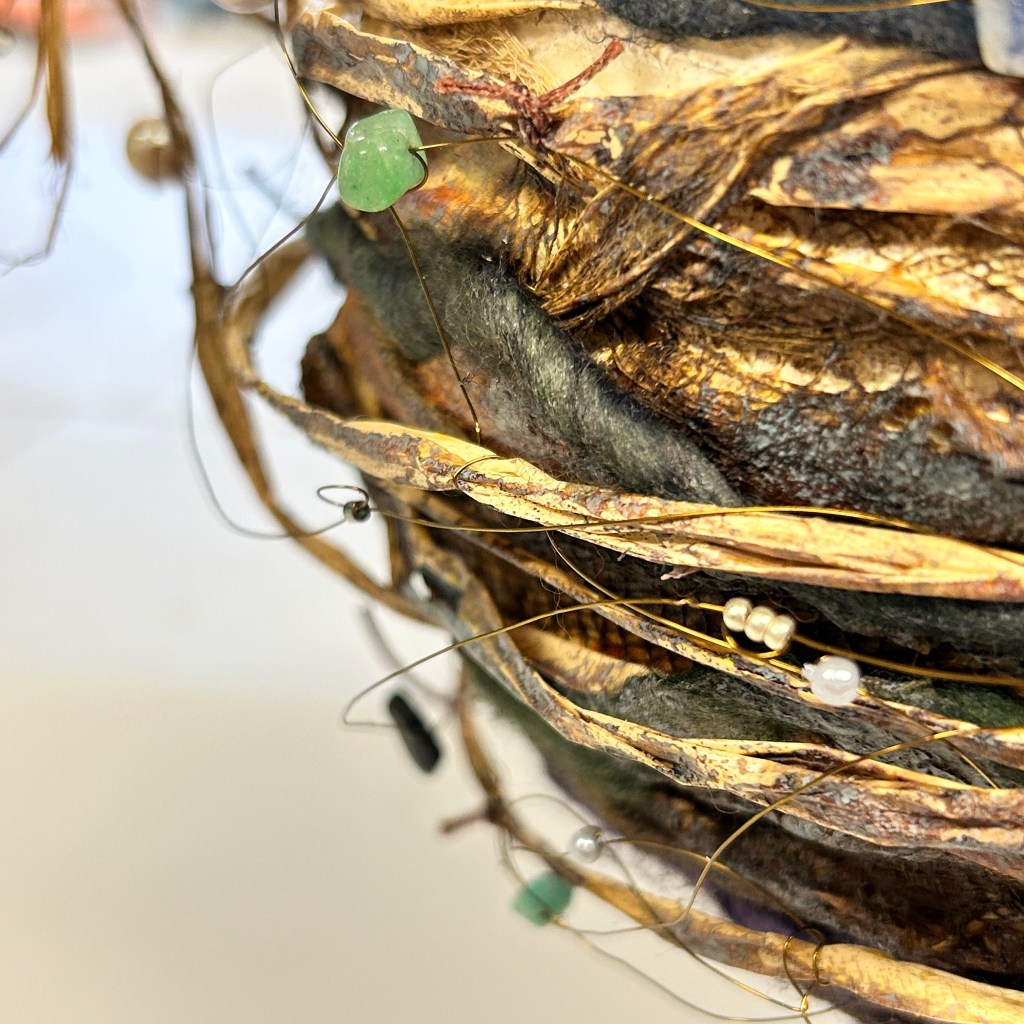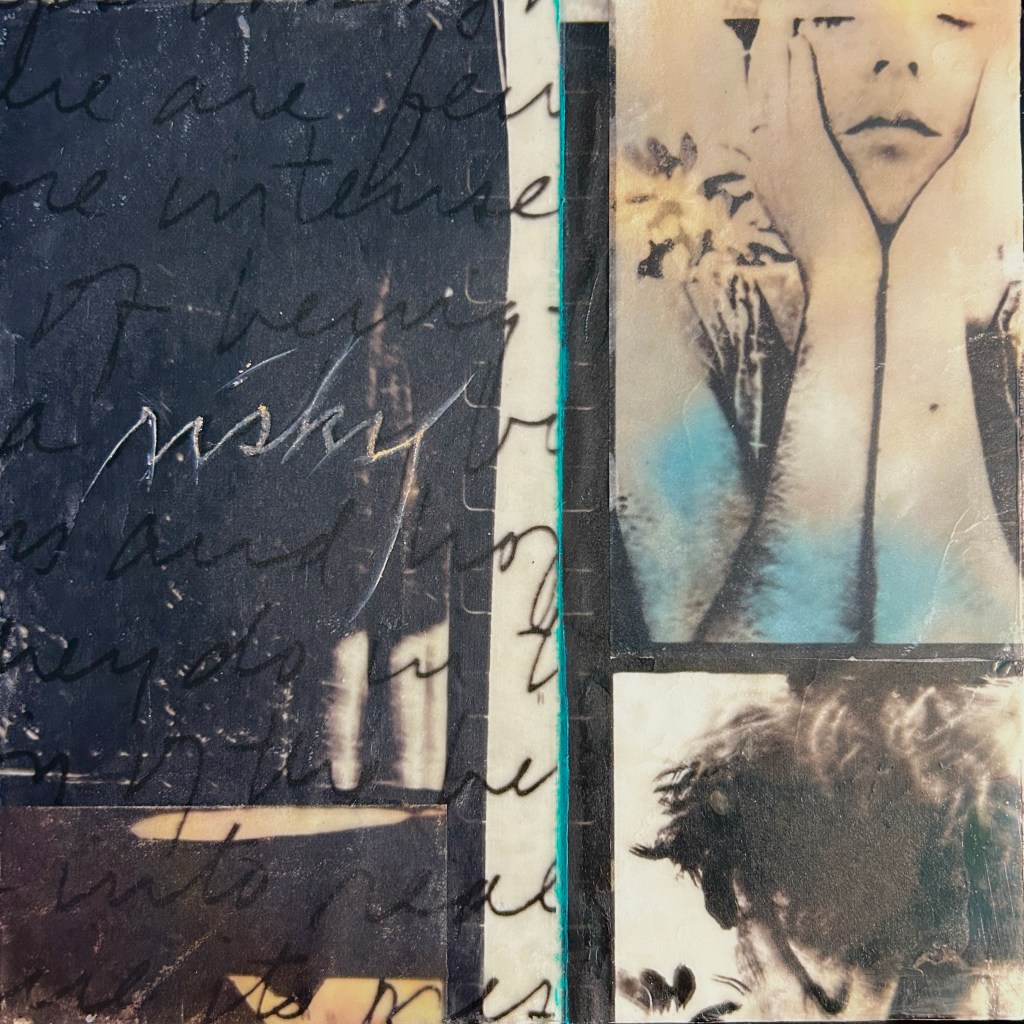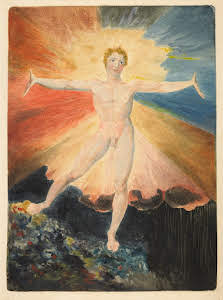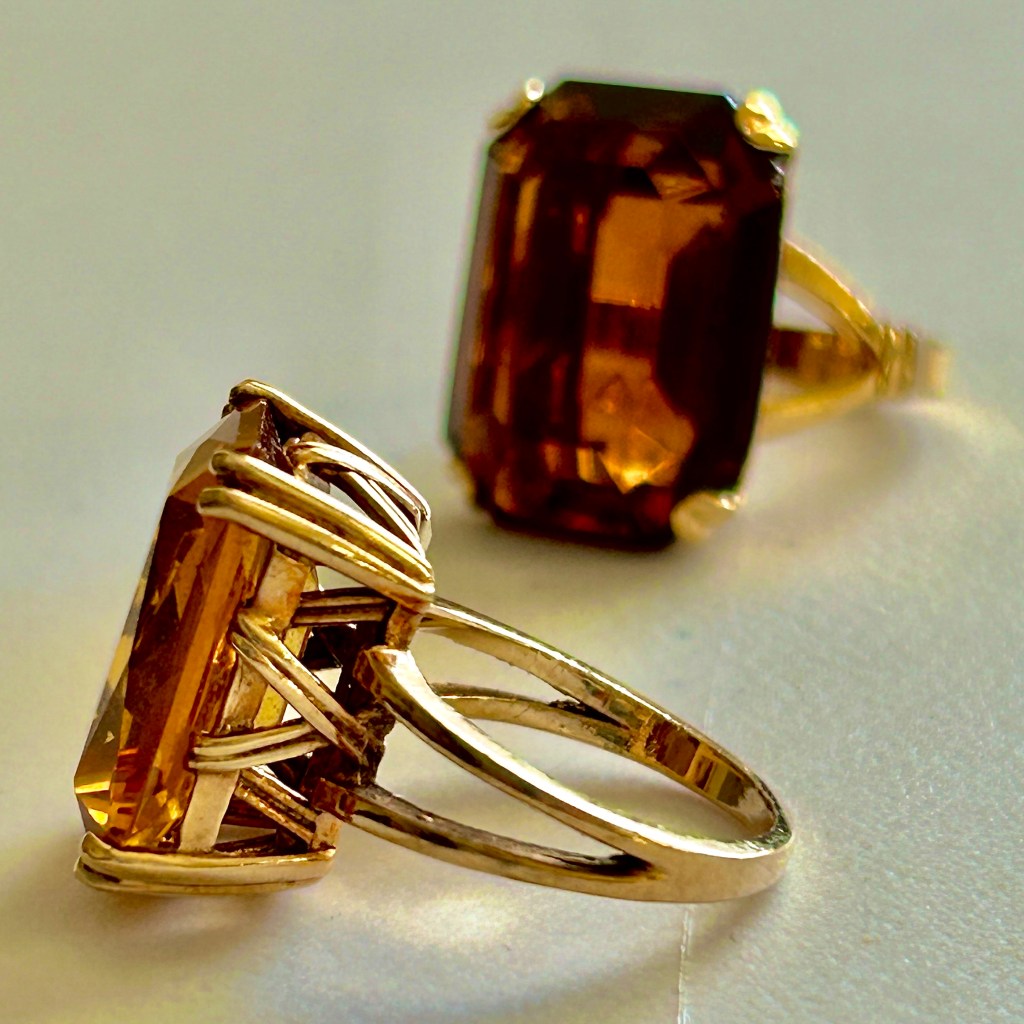I want you to know I can cook. From time to time I’m even a good cook. But I have no right making latkes. It’s not in my DNA. I try to fool myself by saying, ‘sure they’re only hash browns’. But that means little to me, a woman who has never made hash browns.
My first attempt at latke making happened about five years ago, while we still lived in Palo Alto. The result was a sodden, oily mess. I swore I’d never make latkes again.
And yet I did.
When we moved to Virginia it was important to Ben that we invite neighbors to our home to light the first candle of Hanukkah. On the day our guests were to arrive I peeled and shredded enough spuds to feed a small army. My little mounds of potato were resting in formation on parchment lined cookie sheets waiting for the heat of the oven to bake them into crispy goodness. But somehow I managed to set the parchment on fire. The smoke alarm shrieked, I panicked as the kitchen filled with thick grey haze. Ben came to my rescue and we all had a good laugh. I swore I’d never make latkes again.
And yet I did.
The next year I decided to fry the latkes into golden goodness. The results were edible. Not stellar. Not crispy. But edible. Everyone was polite and encouraging. Still, I swore I’d never make latkes again.
And yet I did.
Last year I made the perfect latke. I chose a vegan recipe that used corn starch and panko crumbs. The results were latkes that were light and crispy. Victory at last! But in 2024 the first night of Hanukkah landed on Christmas Day. So there were no neighbors to witness my culinary success.
But finally, I thought, I beat the mighty shredded potato. I had conquered latke making!
Twelve months later, and six months settled in our new home, we carried on our tradition and invited neighbors and friends to join us for latkes and candle lighting. I was anxious but despite the anxiety I took comfort in the knowledge that I was capable of making a refined and palatable latke.
Or so I thought.
Setting aside the the tiniest detail that Hanukkah celebrates the miracle of the oil burning for eight days – I decided to go oil free. I found the the recipe from last year and was confident that I could help them lean a little more toward healthy by cooking them with my oven’s air fryer mode. As if there is such a thing as a healthy latke.
In a change from previous years, however, I prepared them a few hours before the guest were due to arrive. All the latkes would need when it was time to eat was a little bit of a re-heat. This way I could sit with everyone around the dinner table. Something that was impossible in year’s past. Ben and I sampled the latkes when they first came out of the oven and they met with his approval – especially with the added horseradish sour cream.
But that evening, when the re-warmed latkes were brought to the table, they had transformed into what can only be described as lumpy shards of deconstructed potato chip. One bite showered the table with air fried shrapnel. We will be sweeping up latke crumbs until…well…until next Hanukkah. I swear I will never make latkes again.
Oh who am I kidding. Of course I will.
In other news, I’ve been celebrating more than Christmas and Hanukkah. I’ve had a few sales, which is always gratifying. I’m grateful for the sales, of course, but more than that it feels so good to know the work is appreciated and is out there in the world for people to enjoy. I’m also celebrating being selected to be part of Radius 250, a group exhibit at Artspace in Richmond, Virginia. I submitted the work I wrote about in my previous post, a piece my heart was enamored with but my head was very uncertain about. In the end I pulled up my big girl pants and submitted. I’m glad I trusted my gut.
The show at Artspace opens on Friday, January 23 and runs through March 21. If you’re going to be in the Richmond area, stop by. Artspace is at 2833-A Hathaway Road.
Please remember that Practically Twisted will be disappearing soon and I’d love for you to continue following me at my new website: http://www.mimmpattersonart.com


